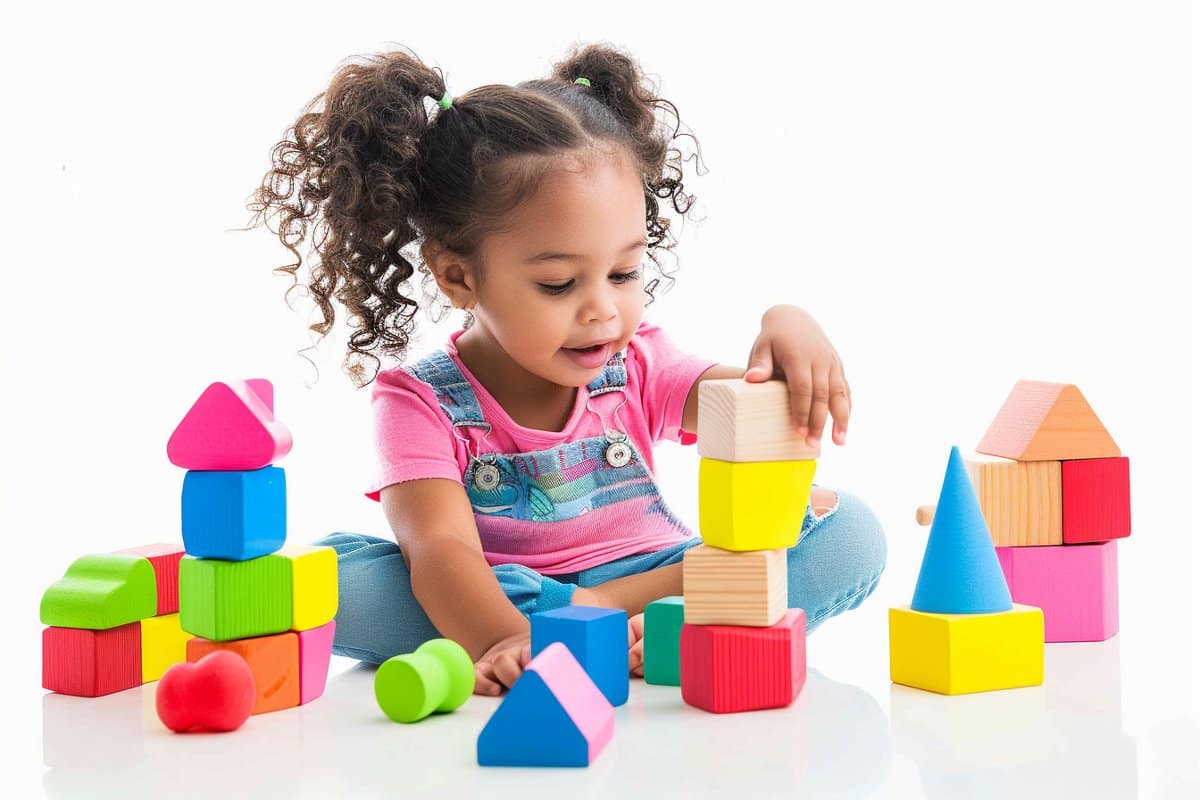Summary: Researchers shed light on the impact of household size and adult-to-child ratios on children’s language development, challenging conventional beliefs about family dynamics. The team found that while higher household density negatively affects vocabulary scores, a greater number of adults relative to children in the home can enhance language skills, especially in Hispanic families.
This research emphasizes the need for a deeper understanding of how various household compositions influence child development, suggesting that the presence of additional adults, such as grandparents, might offer more support than previously recognized. By focusing on diverse household scenarios, the study aims to broaden the scope of developmental psychology to include a wider array of cultural and socioeconomic backgrounds.
Key Facts:
- Positive Impact of Adult Presence: Increased adult-to-child ratios in households are associated with higher vocabulary scores in children, pointing to the beneficial role of more adults in aiding language development.
- Cultural Variations: The study highlights significant cultural differences, particularly noting stronger positive effects of adult-to-child ratios on vocabulary development in Hispanic families.
- Redefining Household Chaos: Subjective measures of household chaos revealed as an important factor in understanding family dynamics, with higher adult-to-child ratios correlating to lower chaos levels, suggesting a more stable environment conducive to learning.
Source: UT Dallas
Researchers from The University of Texas at Dallas’ School of Behavioral and Brain Sciences (BBS) are taking a more detailed look at how children’s language development is influenced by the number of people in their households.
Associate professors Dr. Mandy Maguire, director of the Center for Children and Families (CCF), and Dr. Jackie Nelson and their colleagues evaluated the impact of the adult-to-child ratio within each residence, as well as the number of total occupants, on children’s language development in a study published online Oct. 30 in Developmental Psychology.

American demographics have shifted significantly in the last 40 years, with many more children living in homes with extended families. Greater household density — the ratio of people to bedrooms in a home — has been shown to have a negative effect on children’s language development. These conclusions are based on households with no more than two adults.
Maguire, senior author of the study and associate professor of speech, language, and hearing as well as an affiliate member of the Callier Center for Communication Disorders, and her colleagues wondered whether additional adults in the household led to a positive influence on language acquisition.
“In many cultures, having grandparents in the home to support a child’s development is the norm,” Maguire said.
“Variations in household makeup are much more common today due to both race and ethnicity considerations as well as socioeconomic status.”
The new study found that having more adults in the household is beneficial, but exactly why and under what conditions requires further exploration, Maguire said.
“This study was a jumping-off point for asking these additional questions,” she said. “Family dynamics are very complex, and that’s reflected in the variability in this first study.”
The study involved 275 children ages 8 to 15. The research team quantified relationships between household density and adult-to-child ratio with children’s vocabulary scores, as well as maternal education level and a subjective measure of household chaos.
They confirmed that higher household density related to lower vocabulary scores, but they also determined that a higher adult-to-child ratio correlated to higher child vocabulary scores and to lower household chaos scores. This pattern was particularly apparent in Hispanic families, which made up about half of the sample.
“We saw a marginally positive association between adult-to-child ratio and child vocabulary across the whole sample,” said Nelson, who is also affiliated with CCF.
“However, when we examine this by ethnic group, we see a strong positive effect among Hispanic families.”
Nelson explained that household chaos — subjectively reported by household caregivers — is a valuable measure of people’s perceptions of their environment and their own stress levels.
“The same environment might be chaotic to me and not chaotic to you,” she said.
“Gathering this information via people’s own perceptions — rather than an outsider’s objective rating — can be more culturally sensitive, because people from different cultures may be more comfortable with different noise levels in the home.”
Maguire emphasized the ways in which this study attempts to propel the field beyond demographic uniformity.
“Developmental psychology has traditionally studied upper-middle-class white families, which tend to be the average two adults and two kids,” she said.
“Household number is very directly simplified to the number of children in those homes. An understanding of other cultures and other household scenarios has been lacking.”
Maguire said that the role of grandparents in a household is important to examine further as well.
“In some cases, the grandparent could be another dependent who is taking resources away. In others, the grandparent may be contributing to child care and education — perhaps even providing the majority of care, if both parents work,” she said.
“You might see very different outcomes from those two situations. So, we need to understand: Who is in the home and why? Do they alleviate chaos or take away attention from the children? What socioeconomic aspects are involved?”
Overall, the researchers believe household size as a negative predictor of language development in children needs to be reconsidered.
“The number of multigenerational households has quadrupled in the last 20 years,” Maguire said. “The environment of an American child has evolved, opening up a huge floodgate of the research we need to be doing. We’ve overlooked a really important, dynamic component of family life.”
Sonali Poudel MS’20, PhD’21, now a research scientist at UT Austin, was corresponding author of the paper. Additional UT Dallas contributors included Mohammad Hossein Behboudi, applied cognition and neuroscience graduate student; Kathleen Denicola-Prechtl MS’14, speech, language, and hearing sciences doctoral student; Stephanie Castro BS’21, former manager of Maguire’s lab who is now a PhD student at UT Austin; and former UTD researcher Dr. Carlos Benitez-Barrera, now an assistant professor of communication sciences and disorders at the University of Wisconsin-Madison.
Funding: The work was funded by a grant from the National Science Foundation (1551770).
About this language development research news
Author: Stephen Fontenot
Source: UT Dallas
Contact: Stephen Fontenot – UT Dallas
Image: The image is credited to Neuroscience News
Original Research: Closed access.
“Rethinking household size and children’s language environment” by Mandy Maguire et al. Developmental Psychology
Abstract
Rethinking household size and children’s language environment
The number of U.S. children living in households with extended families has greatly increased in the last 4 decades. This demographic shift calls for a reevaluation of the impact of household size on children’s development.
Household density (HHD), measured as the ratio of people to bedrooms in a home, has been shown to negatively relate to children’s language.
Here, we propose that while greater HHD may result in poorer language abilities, more adults in relation to the number of children in the home may have a positive impact on children’s language.
To test this hypothesis, we studied relations between HHD and adult-to-child ratio with children’s vocabulary scores, as well as whether maternal education and household chaos accounted for these associations.
Participants included families from a range of socioeconomic and ethnic backgrounds (N = 275; Mage = 10.85; 51% female; 51% Hispanic; annual income range less than $10,000–over $100,000). In general, higher HHD was related to lower child vocabulary scores.
Conversely, higher adult-to-child ratio was related to higher child vocabulary and lower household chaos. These patterns were primarily driven by effects in Hispanic families.
Our results suggest that a reevaluation of household size is needed, as more adults in the home can be protective for children’s language development in larger families, an effect that may vary by culture.







